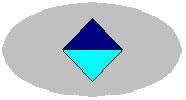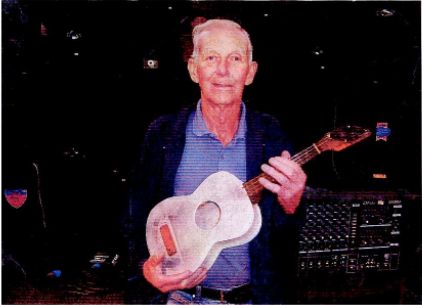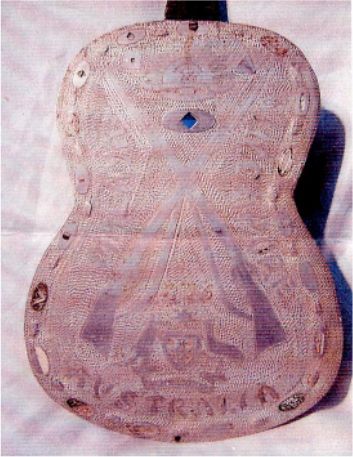
The Official 2/26 Battalion Website
In affiliation with the 2/26 Battalion Family & Friends Association Inc.
POW Ingenuity
Prisoners of war lived with very little in the way of personal possessions or "luxuries". However, some found materials from some of the most unlikely places and through incredible ingenuity were able to create pieces of art. Below are some photos which show such ingenuity from Nev Anning, who as a POW in Changi was able to decorate drinking flasks by etching with a darning needle and creating tobacco tins from the aluminium of crashed airplanes.
Len Hoyling made his guitar while he was a prisoner in Changi,
prior to his departure in F Force to slave on the Thai-Burma
Railway. Len made the guitar from discarded Aluminium that was used
for drying the sap from rubber trees. Stan Carlyle designed the
guitar, with Len making and engraving it.
Originally, the
whole instrument was made from aluminium, but did not work properly.
Then when he showed it to a friend, who was a member of the "concert
party", his friend laughed and then offered to see if he could
arrange to have a wooden neck made. This was duly done, but Len does
not know what kind of timber was used.
Len took his guitar
with him when he was sent off with F Force and came very close to
losing his life when he had stolen a cup of sugar from a Jap kitchen
and hid the sugar in his guitar. The sugar was not found and Len
escaped a beating.
The guitar only has four strings, so it
cannot play a proper tune, but it does make some lovely music. Prior
to the opening of the museum in Toowoomba a music shop proprietor
put a bridge on it.




